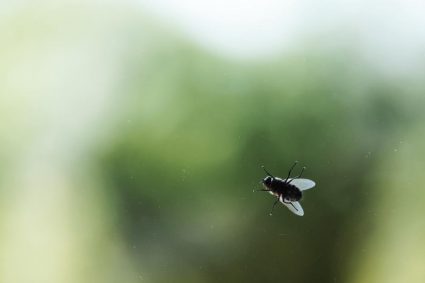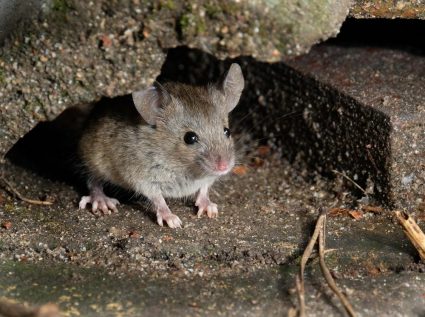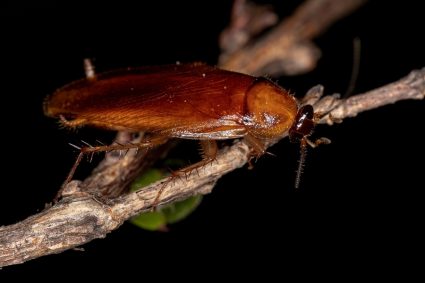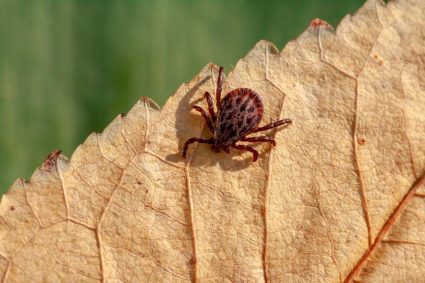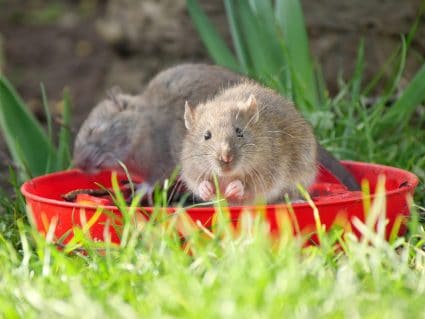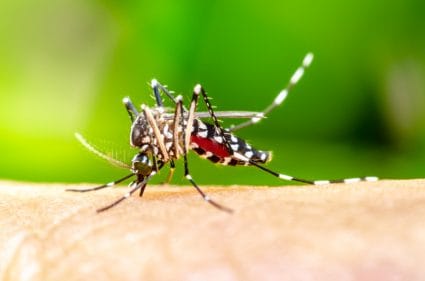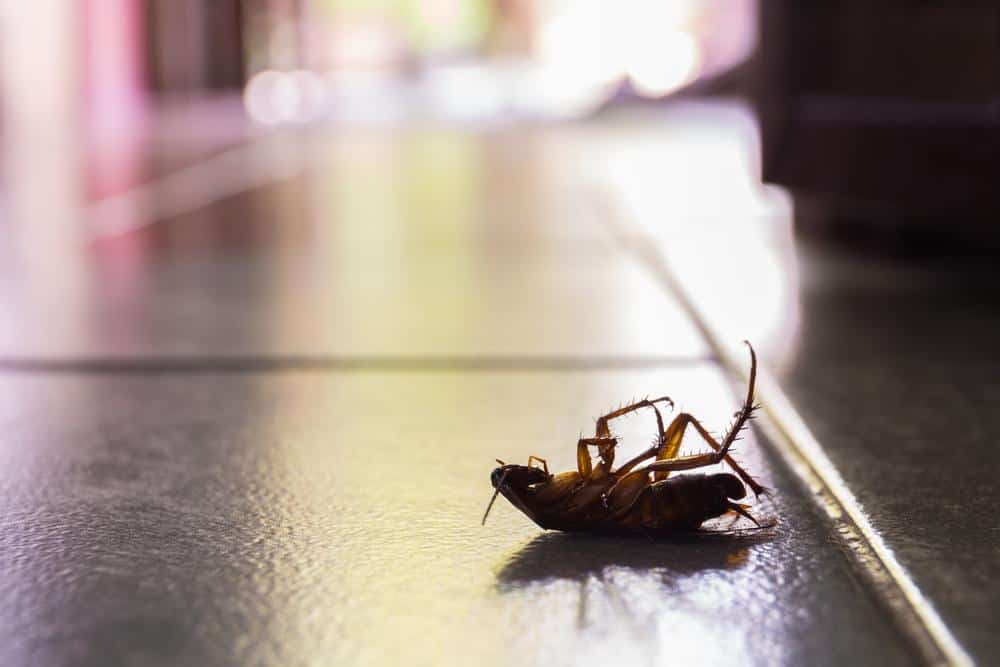
Dubia roaches, known for their longevity among feeder insects, are a popular choice for pet owners and breeders alike. But how long do these insects actually live? Let’s dive into the world of Dubia roaches to understand their lifespan and the factors that influence it.
Dubia roaches have an average lifespan of 1.5 to 2 years, with females generally living longer than males. Males typically live for 12-18 months, while females can live up to 2 years. Their lifespan can be influenced by several factors, including temperature, humidity, diet, and overall living conditions.
Lifespan of Dubia Roaches
The average lifespan of a Dubia roach is approximately 1.5 to 2 years, with females generally living longer than males. Males typically live for 12-18 months, while females can live up to 2 years. This is significantly longer compared to other feeder insects, such as crickets, which have an average lifespan of 9 weeks.
In their natural habitat, the tropical and subtropical forests of South and Central America, Dubia roaches can live up to two years as well. Their lifespan in captivity is also comparable, with females living for around two years and males living for about 18 months under ideal conditions.
Factors Influencing Lifespan
Several factors can affect the lifespan of a Dubia roach, including temperature, humidity, diet, and overall living conditions.
Temperature and Humidity
Dubia roaches thrive in temperatures between 70ºF and 90ºF. Higher temperatures promote faster growth, while lower temperatures slow down their growth rate. However, temperatures below 50ºF or above 80ºF may stress the roaches and affect their longevity.
They also require moderate to high humidity, ideally maintained at a minimum of 40%. Lower humidity levels may lead to a decline in reproduction, which could impact their lifespan.
Diet
A well-balanced diet is crucial for the health and longevity of Dubia roaches. Their natural diet consists of plant matter in various stages of decay, fungi, and occasionally dead insects and small animal carcasses. In captivity, they can be fed a variety of fruits, vegetables, grains, and commercial roach chow.
Living Conditions
Proper housing, cleanliness, and maintenance are essential for the health and longevity of Dubia roaches. Their enclosures should be cleaned every 1-2 weeks to reduce the buildup of frass and shed exoskeletons. Providing adequate space, ventilation, and hiding spots can also contribute to their overall well-being.
Extending the Life of Dubia Roaches
You can extend the life of a Dubia roach in captivity by providing a suitable environment, proper nutrition, and adequate hydration. Regularly clean the enclosure, maintain appropriate temperature and humidity levels, and provide a balanced diet. Also, ensure they have regular access to physical contact with other roaches and a dark place to hide.
Preventing Health Issues
To prevent health issues in Dubia roaches, provide a balanced diet, keep them hydrated, and maintain appropriate living conditions. Avoid overcrowding, regularly clean the roach enclosure, and feed the roaches a nutritious diet before offering them as food to other animals.
In conclusion, the lifespan of a Dubia roach depends on various factors, including diet, temperature, humidity, and overall living conditions. By providing optimal care, you can help your roaches live a long and healthy life.
Frequently Asked Questions
What are some signs of a healthy Dubia roach?
Healthy Dubia roaches are active and exhibit a shiny, dark brown color. They should have a full body, straight antennae, and six legs. Any signs of lethargy, discoloration, or missing body parts could indicate health issues.
Can Dubia roaches infest my home?
Dubia roaches are not likely to infest homes as they require specific conditions to breed, such as high temperatures and humidity. Additionally, they are poor climbers and cannot survive in colder climates.
What are common predators of Dubia roaches in the wild?
In the wild, Dubia roaches can fall prey to a variety of animals including birds, reptiles, amphibians, and mammals that inhabit the tropical and subtropical regions of South and Central America.
How often should I feed my Dubia roaches?
Dubia roaches should be fed every 2-3 days. Overfeeding can lead to mold and bacteria growth in their enclosure, so it’s important to remove any uneaten food promptly.
Can Dubia roaches fly?
Male Dubia roaches have wings and can flutter or glide short distances, but they are not strong fliers. Female Dubia roaches, on the other hand, do not have wings and cannot fly.


